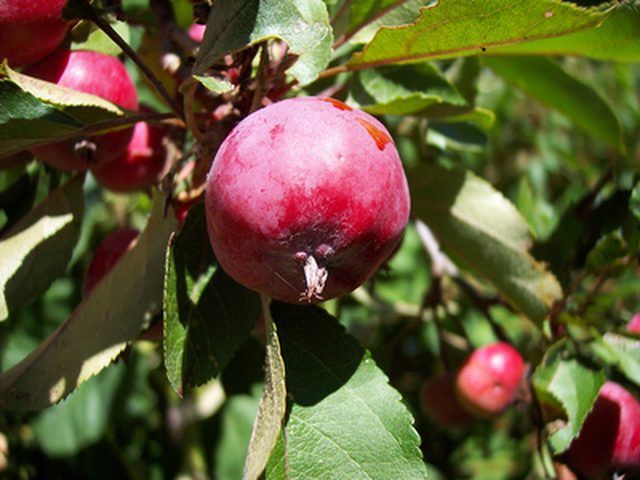Bulbs
Flower Basics
Flower Beds & Specialty Gardens
Flower Garden
Garden Furniture
Garden Gnomes
Garden Seeds
Garden Sheds
Garden Statues
Garden Tools & Supplies
Gardening Basics
Green & Organic
Groundcovers & Vines
Growing Annuals
Growing Basil
Growing Beans
Growing Berries
Growing Blueberries
Growing Cactus
Growing Corn
Growing Cotton
Growing Edibles
Growing Flowers
Growing Garlic
Growing Grapes
Growing Grass
Growing Herbs
Growing Jasmine
Growing Mint
Growing Mushrooms
Orchids
Growing Peanuts
Growing Perennials
Growing Plants
Growing Rosemary
Growing Roses
Growing Strawberries
Growing Sunflowers
Growing Thyme
Growing Tomatoes
Growing Tulips
Growing Vegetables
Herb Basics
Herb Garden
Indoor Growing
Landscaping Basics
Landscaping Patios
Landscaping Plants
Landscaping Shrubs
Landscaping Trees
Landscaping Walks & Pathways
Lawn Basics
Lawn Maintenance
Lawn Mowers
Lawn Ornaments
Lawn Planting
Lawn Tools
Outdoor Growing
Overall Landscape Planning
Pests, Weeds & Problems
Plant Basics
Rock Garden
Rose Garden
Shrubs
Soil
Specialty Gardens
Trees
Vegetable Garden
Yard Maintenance
What Is the Native Range for a Crabapple Tree?
What Is the Native Range for a Crabapple Tree?. "Only four species of apple, all of them crabapples, are native to North America," Nancy Coverstone of University of Maine’s Cooperative Extension says. Of the four, two are native to Canada. Malus fusca and Malus coronaria both ranged through British Columbia and Malus coronaria...
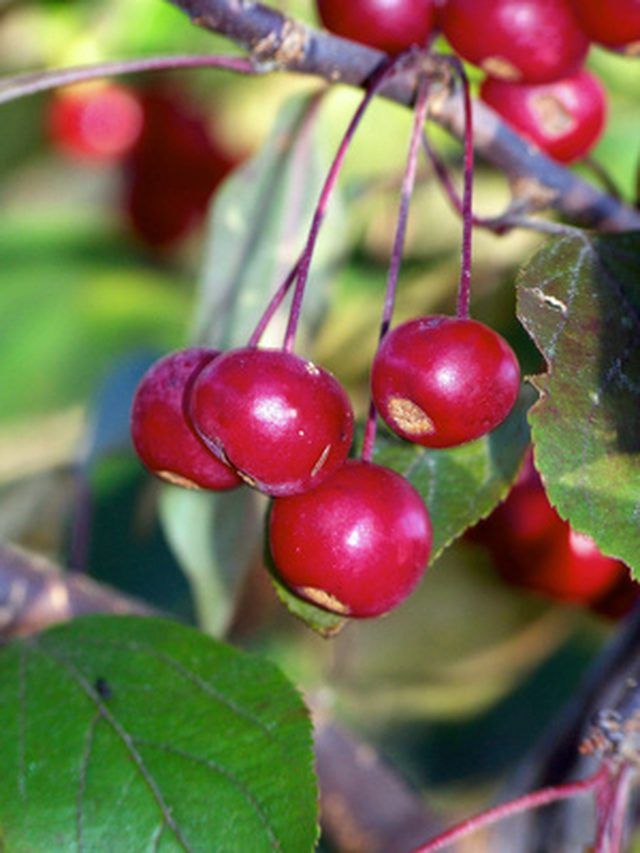
"Only four species of apple, all of them crabapples, are native to North America," Nancy Coverstone of University of Maine’s Cooperative Extension says. Of the four, two are native to Canada. Malus fusca and Malus coronaria both ranged through British Columbia and Malus coronaria grew in Ontario.
Names of Native Crabapples
The four native crabapples are now listed as "malus."
One, Malus coronaria, also known as Pyrus coronaria, is commonly known as American crabapple or sweet crabapple.
The southern crabapple is properly called Malus angustifolia.
Malus ioensis is known as the prairie or Iowa crabapple, and Malus fusca—the Oregon crabapple or Pacific crabapple—was formerly Malus diversifolia.
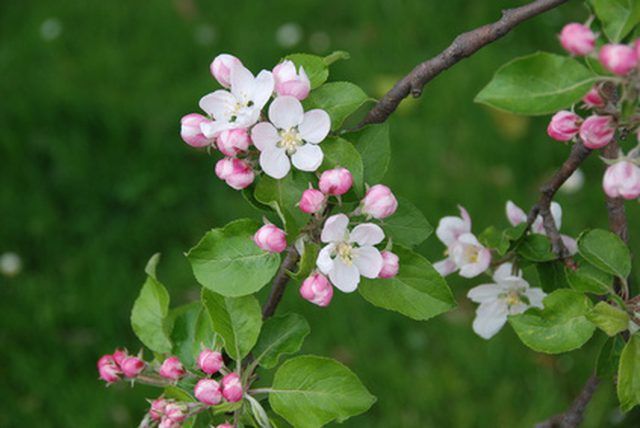
Original Range of Native Crabapples
Each native crabapple occupied a home range and native habitat niche.
Malus angustifolia originally grew from Florida to Southeast Texas, in Arkansas, Kentucky and Illinois. It did have one anomaly in its range, since it was also found in the more northern state of New Jersey although primarily a southeastern and southern Midwest crabapple.
Malus coronaria’s original range spread across central New York through southern Wisconsin and down through Delaware to a belt stretching across northern North Carolina to northeastern Arkansas. You could also find it in Georgia.
Malus fusca occupied a range from southern Alaska south through the Pacific northwest of Washington and Oregon and about 1,000 miles into northern California along the Pacific Coast.
Malus ioensis’s original range was a belt from Minnesota and Wisconsin south to Oklahoma down through Louisiana. It was also found in Kentucky.
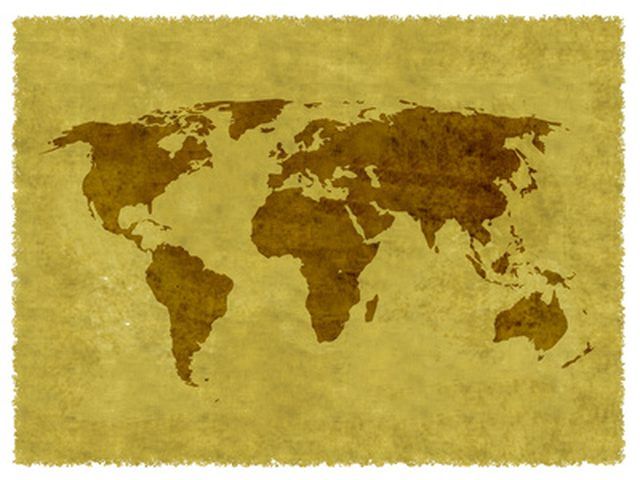
Current Wild Range
The ranges of native crabapples have extended and now overlap. The exception is the Pacific crababble, Malus fusca, which is still restricted to its original range along the Pacific Coast from Alaska and Canada through northern California.
Malus angustifolia now grows from Florida through Pennsylvania and into the eastern Midwest. It did have one anomaly in its range, since it was found in New Jersey
Malus coronaria occupies nearly the same range as Malus Angustifolia, with one exception; it is not found in Florida. It also grows in the northern states of Wyoming, Wisconsin, Michigan and New York and is still found in two Canadian provinces.
Malus ioensis occupies a belt from the northern Midwest to Texas and Louisiana. It also grows in Wyoming.
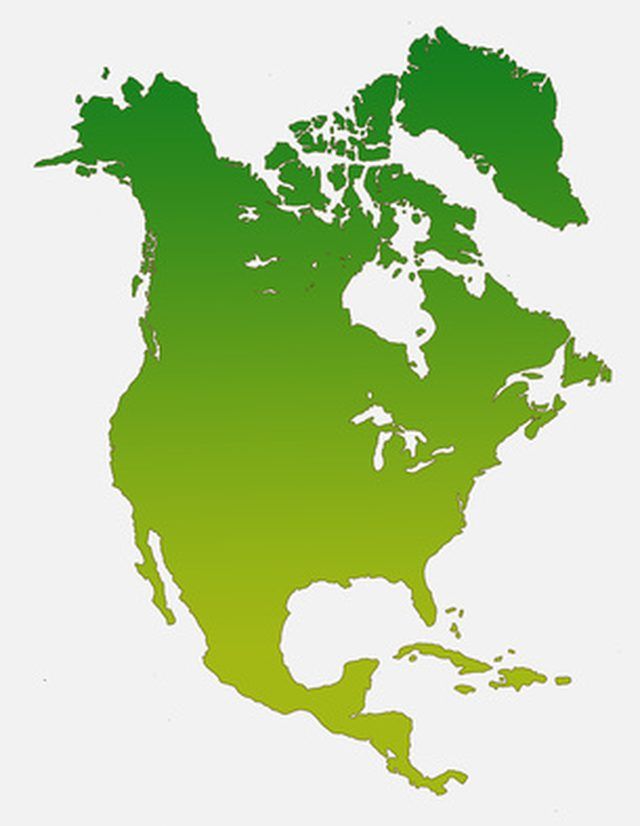
Why Have Ranges Changed?
Native crabapple seeds are spread by animal and human means. Animal and bird territories can cover several miles and animals or birds spread the seeds when they defecate after eating. Deliberate plantings made by homesteaders, wildlife managers and horticulturists who noticed the adaptability of native crabapples have increased original ranges. Native Americans gathered crabapples and nomadic tribes may have spread seeds as they traveled.
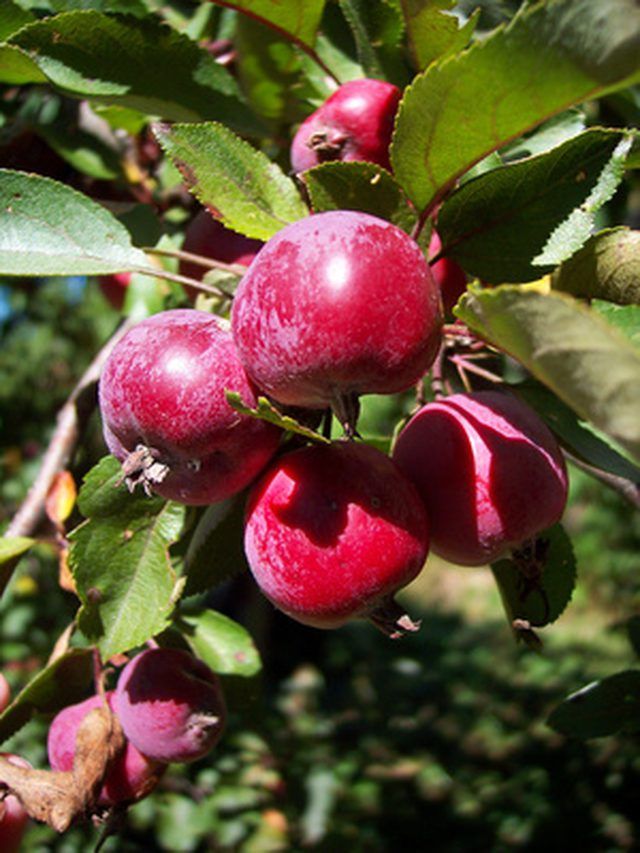
New Varieties, New Ranges
Man always tries to improve on native species. One of the drawbacks of native crabapples is their susceptibility to common apple diseases. New cultivars are being developed to improve wildlife habitat. Since they are disease resistant and withstand more temperature extremes they can be planted in more climate zones and will expand the range of native crabapples.
